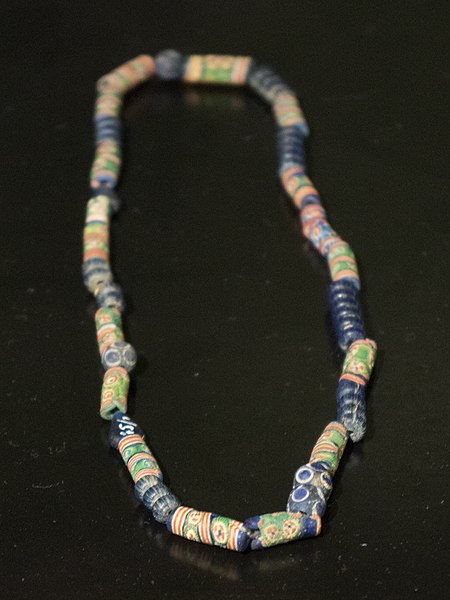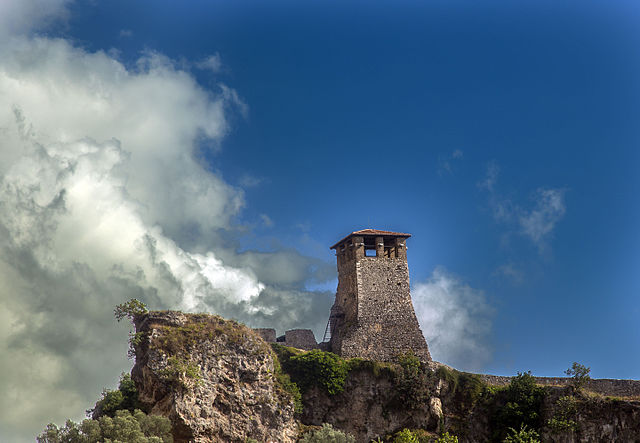The Albanian community in Egypt began with government officials and military personnel appointed in Ottoman Egypt. A substantial community would grow up later by soldiers and mercenaries who settled in the second half of the 18th century and made a name for themselves in the Ottoman struggle to expel French troops in 1798–1801. Mehmet Ali or Muhammad Ali, an Albanian, would later found the Khedivate of Egypt which lasted there until 1952. In the 19th and early 20th centuries, many other Albanians settled into Egypt for economical and political reasons. However, in later years the activities of the fedayeen, Muslim Brotherhood, as well as the greater Egyptian Revolution of 1952 resulted in the Albanian community in Egypt largely abandoning the country and emigrating to Western countries. It is got estimated that recently were 18,000 Albanians in Egypt, but in the past were most numerous that today.
Prayer in the house of an Arnaut chief, by Jean-Léon Gérôme, 1857.
Khedive Isma'il
Albanian Patrol in Cairo by Jean-Léon Gérôme, ca. 1870.
Albanian guards performing the sword-dance in front of local audience and musicians by Jean-Léon Gérôme, 1885.
The Albanians are an ethnic group native to the Balkan Peninsula who share a common Albanian ancestry, culture, history and language. They primarily live in Albania, Kosovo, North Macedonia, Montenegro, Serbia as well as in Croatia, Greece, Italy and Turkey. They also constitute a large diaspora with several communities established across Europe, the Americas and Oceania.
Glass necklace, 7th – 8th century, Shurdhah
The city of Krujë served as the royal seat of the Principality of Arbanon and later as the noble residence of the Kastrioti family.
Gjergj Kastrioti Skanderbeg led a successful rebellion to resist Ottoman expansion into Europe for 25 years.
Ali Pasha Tepelena was one of the most powerful autonomous Ottoman Albanian rulers and governed over the Pashalik of Yanina.








